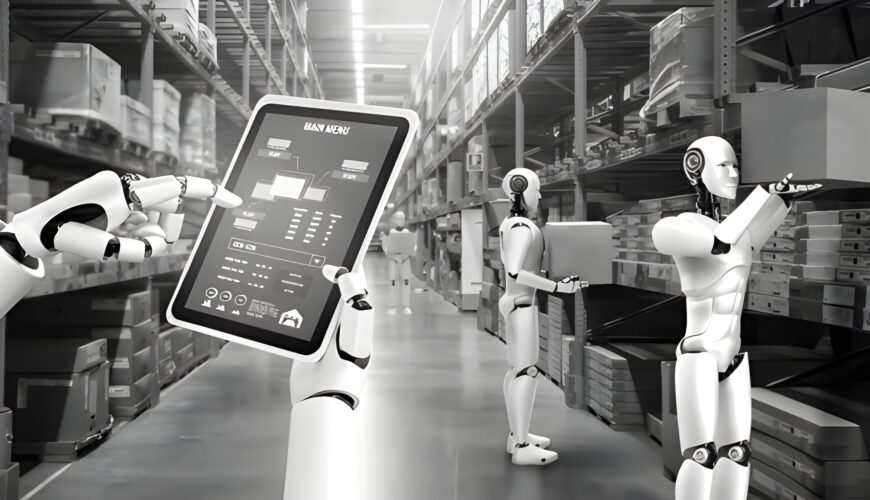Robotics like autonomous mobile robots (AMRs) and automated guided vehicles (AGVs) are becoming increasingly important members of warehousing teams, especially in light of the labor shortage. AMRs maneuver somewhat freely around the warehouse, bringing goods to people and vice versa. AGVs rely on tracks or predefined paths and require some operator oversight. Each serves a valuable role and helps improve overall supply chain management efficiencies.
Despite the fact that robots aren’t new, many misconceptions surrounding their use and implementation remain. These myths slow adoption and thus slow the benefits that operations can reap by giving them a try. By setting the record straight, however, you can move forward with robots and increase productivity.
Many organizations worry about the integration piece of the equation when it comes to adding in mobile robots. The fact is that most are designed to easily integrate with your WMS, ERP, or whatever hosting platform you use. When you work with a supply chain consultant, you can map out the plan together to seamlessly marry up your software with your robotics, allowing you to be up and running quickly.
You also don’t have to “go all in” with robotics if that’s a concern. With a widespread array of tasks that robots can manage, you can ease into their implementation. You could begin with your picking operations, for instance, allowing robots to bring goods to your pickers and see where it takes you. Once settled in picking and the case has been proven, you might move on to another area of your warehouse to roll out a phase two implementation. That doesn’t mean you can’t automate your entire warehouse with robots, but it doesn’t have to be the only way to go.
Another common concern with robotics is that your workforce will worry they will be replaced by machines. You can nip these concerns in the bud by educating your employees on the fact that robots can actually serve as co-workers, making your employees’ jobs easier. Robots also take on the tasks that no one wants—the mundane, repetitive tasks. This frees up your staff to upskill in the tech arena, which is especially appealing to younger workers.
Infrastructure requirements for mobile automation also can serve as a barrier to adoption, but they shouldn’t. While there’s a perception that adding mobile robots requires a great deal of expensive changes to your facility, it’s not the case. Integrating robots requires very little in the way of modifications to most operations. In some cases, you might not need to make any infrastructure changes. If you can use a forklift in a space, the odds are that you can add an AMR or AGV. Consulting with supply chain experts to assess your existing space for implementation readiness can set your mind at ease.
While robotics can sometimes feel otherworldly and futuristic, they are readily available today, and can only enhance your operations. LEARN MORE>>>


